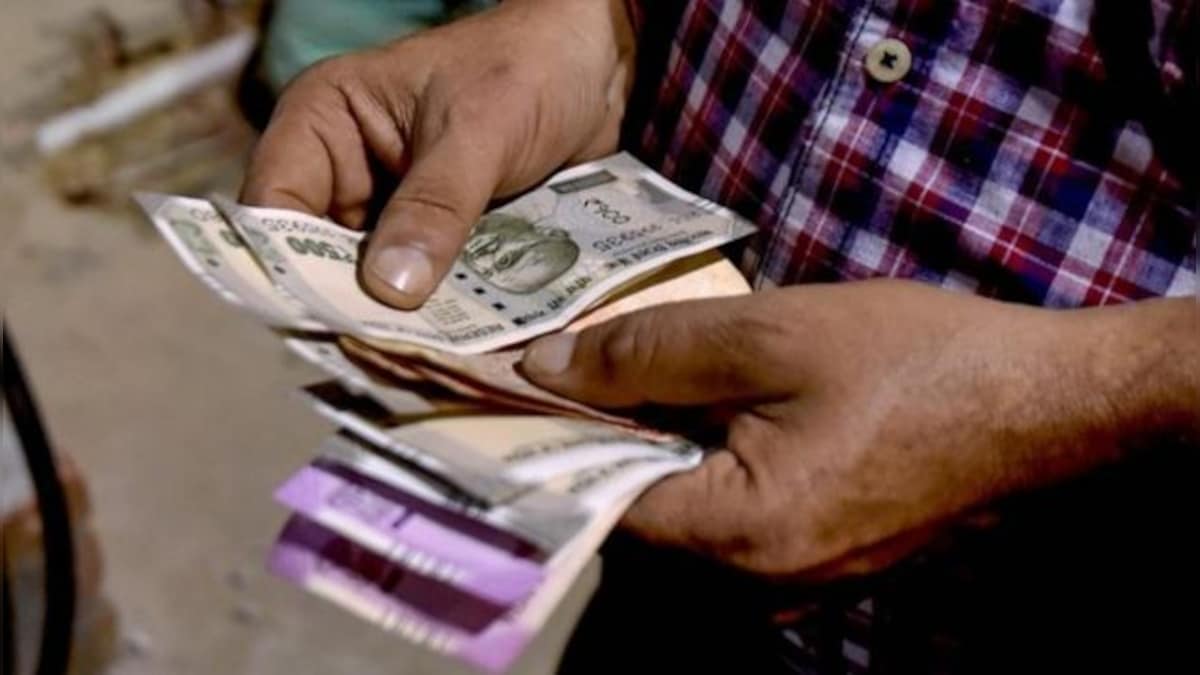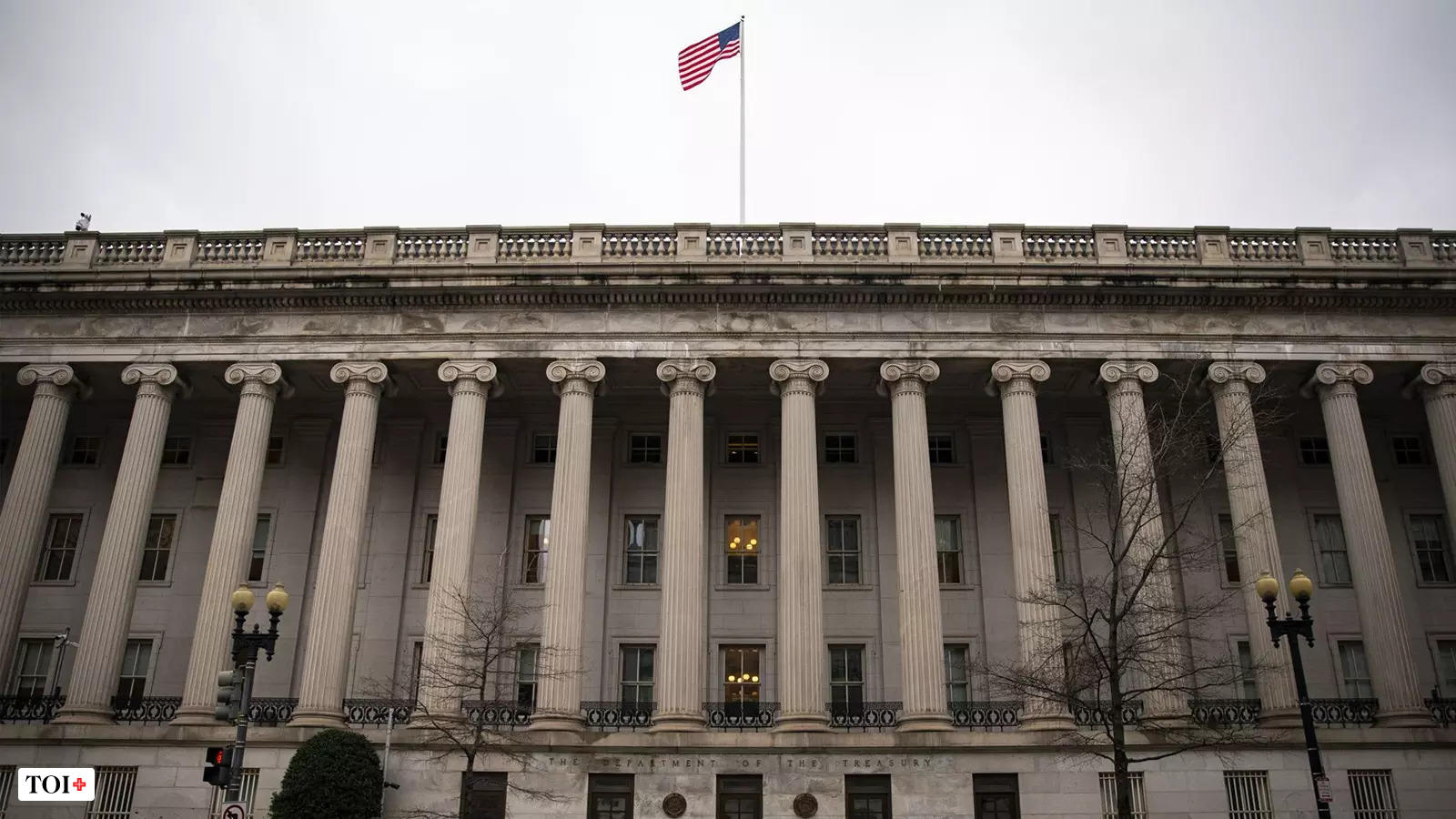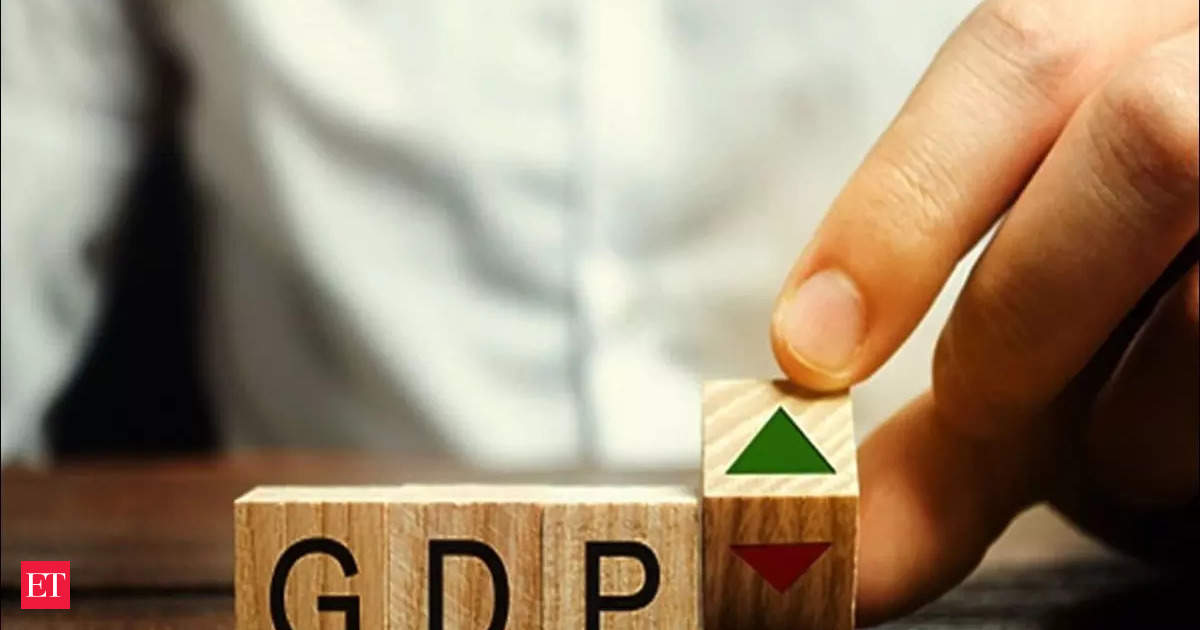US bank failures – Europe may see similar troubles – are thanks to monetary/fiscal imprudence. And India should brace for aftershocks

m.timesofindia.com
India got its post-Covid economic plan right, US didn't
Krishnamurthy V Subramanian
With Moody’s downgrading New York-based Signature Bank to junk and placing the ratings of six other US banks under review for a downgrade, the US is staring at a potential banking crisis. This crisis is the outcome of two effects that themselves originate from the profligate fiscal spending during Covid.
First, as the figure below shows, post the Covid pandemic, deposits in US commercial banks increased from $13 trillion to $18 trillion. However, the increase in deposits of $5 trillion was accompanied by an increase in lending by only $2 trillion. To find space for the $3 trillion residual, banks increased their investment in securities by $1.3 trillion.
Why did deposits increase much more than lending? Unlike India’s Covid stimulus, which was carefully targeted at the poor and vulnerable sections of society, the US made no attempt to target its Covid stimulus. For instance, students studying in private universities in the US, who come mostly from rich families, received $5000 checks from the US government. In designing its Covid stimulus, India adhered to the cardinal principle in macroeconomics that the propensity to consume, which captures the proportion of income that gets consumed, is almost 1 among the poor. Therefore, stimulus payments directed towards the poor increase consumption one-for-one.

In contrast, the propensity to consume is significantly lower among the rich and the middle-class than the poor. So, stimulus payments given to the rich and the middle-class end up getting saved. This was particularly the case when the lockdown deprived the rich and the middle-class of opportunities to consume. India recognised these nuances. As the Economic Survey 2020-21 Chapter 1 stated in its abstract, “On the demand side, at the onset of the pandemic, India’s policies focused purely on necessities. This was optimal given the uncertainty and the resultant precautionary motives to save as well as the economic restrictions during the lockdown. After all, pushing down on the accelerator while the brakes are clamped only wastes fuel.”
By abandoning the cardinal macroeconomic principles, the US Covid stimulus led to a sharp increase in savings. As lending in an economy depends heavily on consumption and investment, and neither picked up as much as savings, lending lagged sharply behind deposits. To summarise the first effect, the poorly designed Covid stimulus led to US banks increasing their investment in securities by $1.3 trillion.
The second effect of profligate fiscal policy was the sharp rise in inflation, which mandated the Fed's most aggressive rate hike in four decades – about 5% in just six months. The period from global financial crisis to Covid, when inflation was non-existent despite the Fed balance sheet multiplying about 200x, clearly illustrates that loose monetary policy is not responsible for the current inflation.
These two effects combined to create heavy losses for banks. As the mark-to-market value of securities declines with an increase in interest rates, the 5% increase in the policy rate led to unrealised losses on securities exceeding $0.6 trillion, which translates into 30% of banks’ equity. As the lion’s share of the loss will manifest in the weakest banks, up to 30% of banks in the US may now be insolvent.
What about the effects of hedging of interest-rate risk by banks? As the worst banks are likely to be the ones with poor risk-management policies, they may not have hedged their interest-rate exposures. So, possible hedging does not make the picture look less dismal.
What about the recent Fed programme? As part of this programme, banks can borrow from the Fed by placing their securities as collateral. The collateral will be valued at the face value of the security instead of the common practice of its market value. Also, the borrowing can be for a maturity of one year instead of the usual three months. Thus, the Fed has kicked the can down the road by a year.
With inflation still stubborn, the Fed will continue to raise the policy rate and thereby devalue the securities that it is taking as collateral. As the interest rates next year may be higher than now, the hit taken by the most vulnerable banks may be even greater next year. Meanwhile, as depositors understand that the crisis has only been postponed – not solved – they will move their deposits away from the worst banks, thereby exacerbating the situation. The borrowers of these banks, especially smaller firms, are likely to come under distress, leading to corporate defaults and another round of bank failures.
Understanding how the current predicament in the US stems from their poor policy during Covid underlines India’s sage economic management during Covid.
Can't stop fanboying over RBI Governor. Dude's a legend. Does an MA in History, aces a job profile that's totally out of syllabus. (meanwhile, the US seems to be writing post-dated cheques to itself on its fall from the supremacy table).









